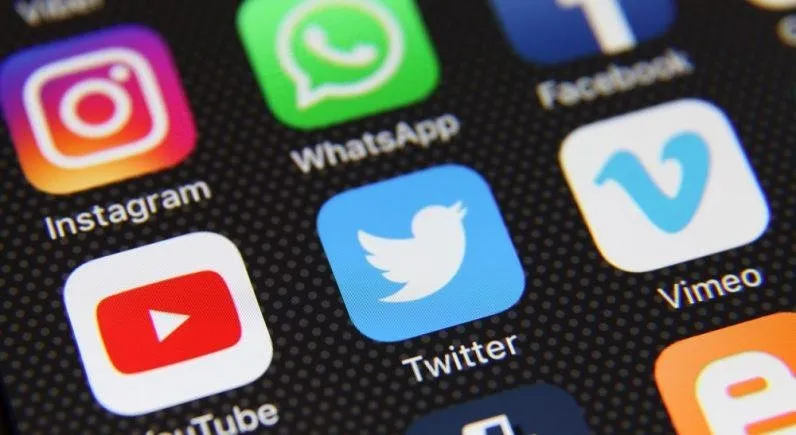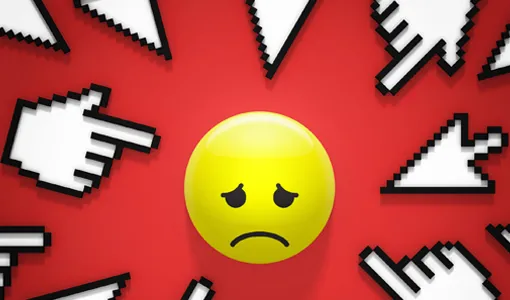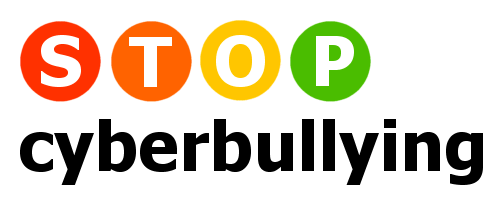
Source
It has been nearly one month since the release of the second season of the Netflix show 13 Reasons Why, and I thought that with the some of the underlying themes within this show, it might be pertinent to have a look at some of the issues surrounding bullying, in particular, cyber bullying.
Some Statistics...

Source
Statistics show that the number of mobile phone users in Australia is likely to reach 19.7 million in 2018 Source. Now, consider that as of 15th June 2018, there are approximately 24.96 million people living in Australia Source.
So let's quickly round that figure to 25 million for ease, and also assume that one fifth of the population is young enough to not be considered a mobile phone user. This means (unless I'm mistaken) that of an estimated 20 million possible mobile phone users in Australia, 98% are, and I'm sure that the stats in your country are probably quite similar (consider that worldwide smart phone usage is set to pass the 5 billion mark in 2019).
Armed with these tiny computers that allow them to be connected to online gaming; social media; texting; video messaging; chatting; and more, is it any wonder, then, that Cyber Bullying is such a problem for the young people we teach?
What is Cyber Bullying?

Source
Cyberbullying is bullying that takes place over digital devices like cell phones, computers, and tablets. Cyberbullying can occur through SMS, Text, and apps, or online in social media, forums, or gaming where people can view, participate in, or share content. Cyberbullying includes sending, posting, or sharing negative, harmful, false, or mean content about someone else. It can include sharing personal or private information about someone else causing embarrassment or humiliation. Some cyberbullying crosses the line into unlawful or criminal behaviour Source.
Essentially, cyber bullying occurs when the bully uses electronic means (email, text-messaging, sending images, social media, etc) to harass, threaten or embaras another person. It generally happens among younger people, however, is not limited to this demographic.
It is important to acknowledge, that in some instances, cyber bullying can be accidental. We all know how difficult it can be to convey emotion via a text message, and sometimes, the intention behind a comment can be misinterpreted. However, the majority of cases are not accidental and are designed to marginalise the recipient.
How Much of a Problem Is It?
It seems that cyber bullying is quite prolific. You only have to look at a number of different sources to see that teenagers are exposed to cyber bullying on an almost daily basis. Studies indicate that 1 in 4 teens have been the victim of a cyber bullying attack, and that about 1 in 6 teens admit to having been a cyber bully Source.
Unlike the traditional form of bullying, where students would physically harass another, cyber bullying is much more insidious in nature. It can go unnoticed for a very long time - and the longer it progresses, the more isolated the victim becomes.
When I was young, bullying was very much physical in nature, and as such, was much easier to notice. If a kid was being pushed around on the playground, a teacher could easily spot it and put an end to it. Even if it wasn't dealt with at school, there was still a reprise when you went home - you can't get pushed around if you are not in the vicinity of the aggressor.
Cyber bullying has enabled bullies to break all of the boundaries that were present when I was young. They have the ability to harass and taunt 24/7. Victims often don't get any reprieve from the constant attacks. Turning off a phone might help, but what happens when you turn it back on again and all of your waiting messsages are pushed through to the device?
Of course, using the preventative measures made available through social media sites, removing unwanted 'friends', or simply not using different services are all options, but this is where the victim begins to feel the isolation, and this is where, more commonly than not now, suicidal thought begin surfacing.
Sadly, in 2015, suicide was the third leading cause of death among young people (aged 15-24 years) and the leading cause of death among all people 15-44 years of age Source.
Reports show that this path is often chosen as a result of feeling socially isolated which can be caused by cyber bullying. You can imagine how isolated you would feel if you removed yourself from all social media as a result of bullying.
What Can We Do?
As teachers, we have a duty of care to our students - to keep them safe when they are in our care. To expand on this, we want to see them arrive each morning safely. We want to provide a safe learning environment during the day, and we want to see them leave at the end of the day, also safely.
What do we do, though, when we can't see if they are safe or not? It's a tough question to answer. If you don't know something is happening, you can't do anything about it, no matter how much you would like to.

Source
So what can we do - it would be pretty naive to think that cyber bullying does not occur in our schools, so how do we try to help reduce the impact of this viscious behaviour?
There are many suggestions online, and I'm sure that your school has policies written in regard to this. Every school I've taught in has held at least one PD on this subject in the time that I was there, so there is no shortage of ideas on the topic.
Personally, as a Digital Technologies teacher, I have a cyber bullying unit that I teach to all of my students at the start of each year. I think - hope - it gets the message across. Students sometimes give me feedback along the lines of they didn't know how fine the line is and that they have been bullies previously. I tell them that ignorance doesn't make it right, but that at least they now know and can adjust their behaviour.
So maybe education is one of the best preventions in this case. Maybe the programs we teach and the care we give is helping - even if it is just a small help - in the fight against cyber bullying.
Let's Wrap Up!
Well, thanks for reading this far. I appreciate your support! I purposely didn't really offer any ground breaking solutions here, mainly because I am not a professional psychologist, and I'm not really sure of any tried and tested solutions, apart from the ones I've had presented to me through reading and PD.
I'd love to hear your thoughts on the topic - any and all of them. Please comment and we'll have a discussion. I look forward to hearing from you...
